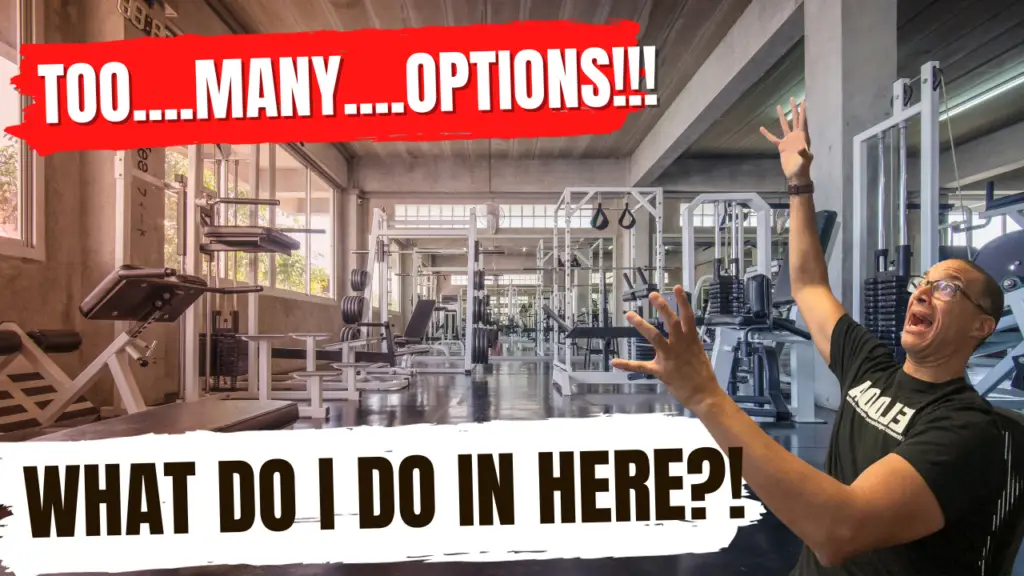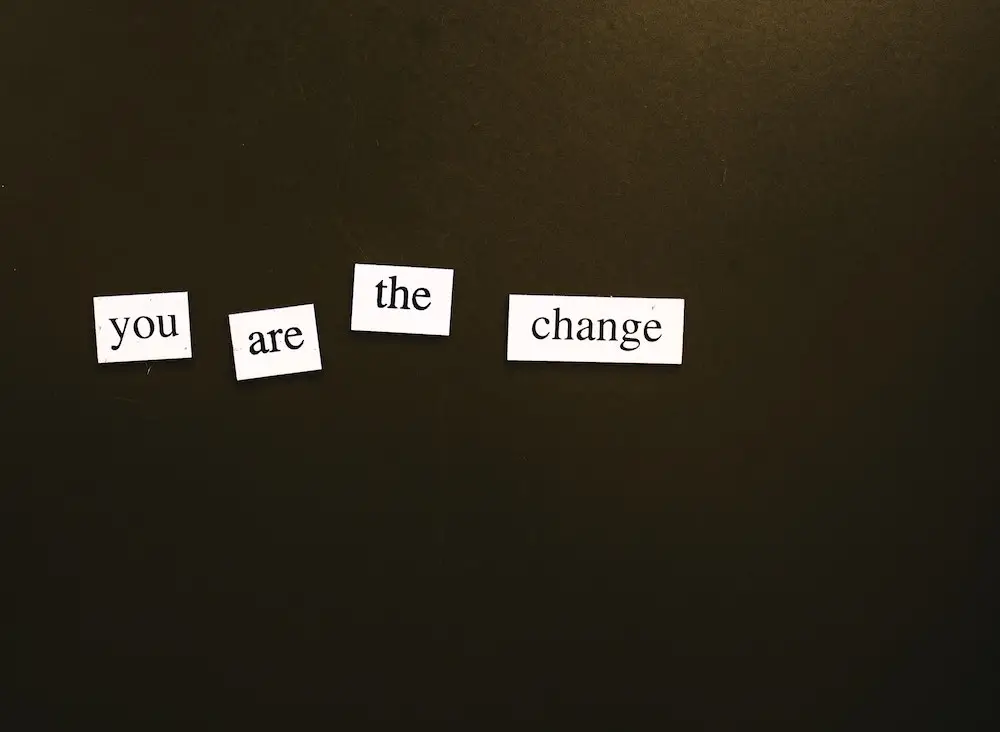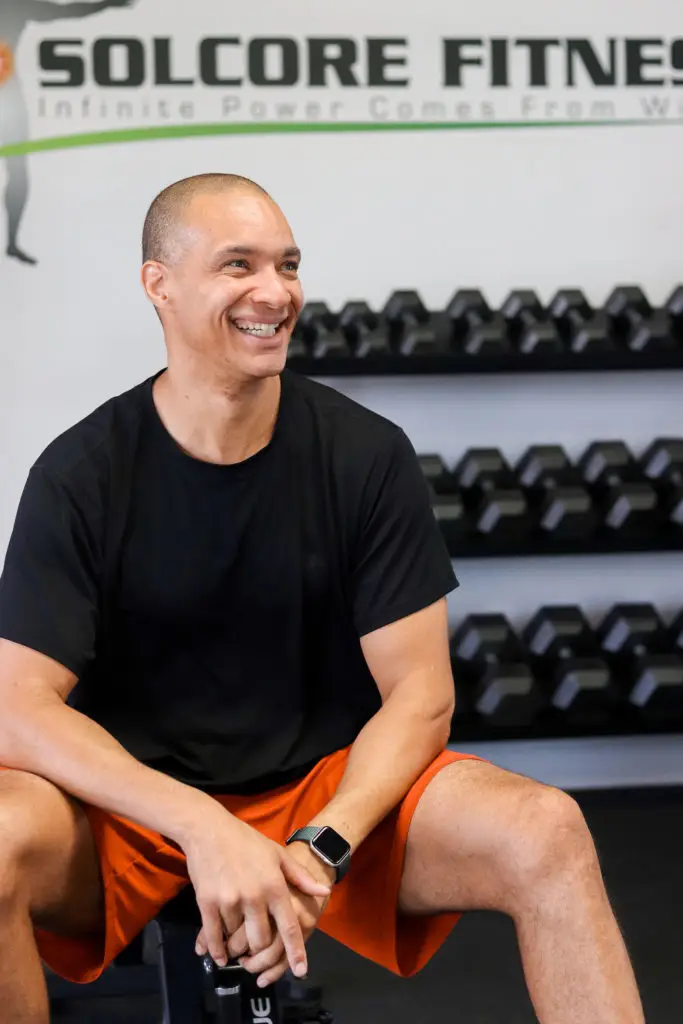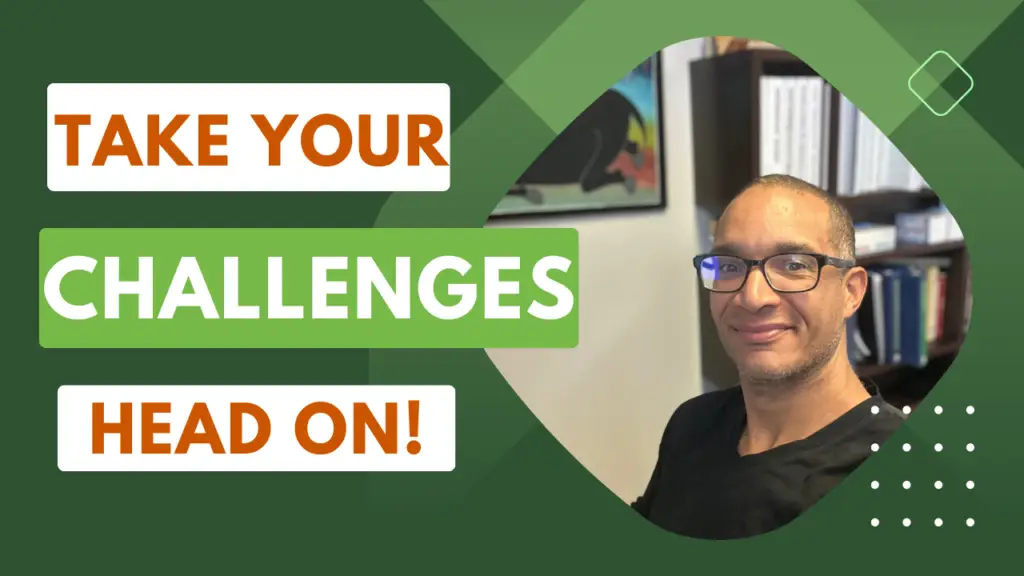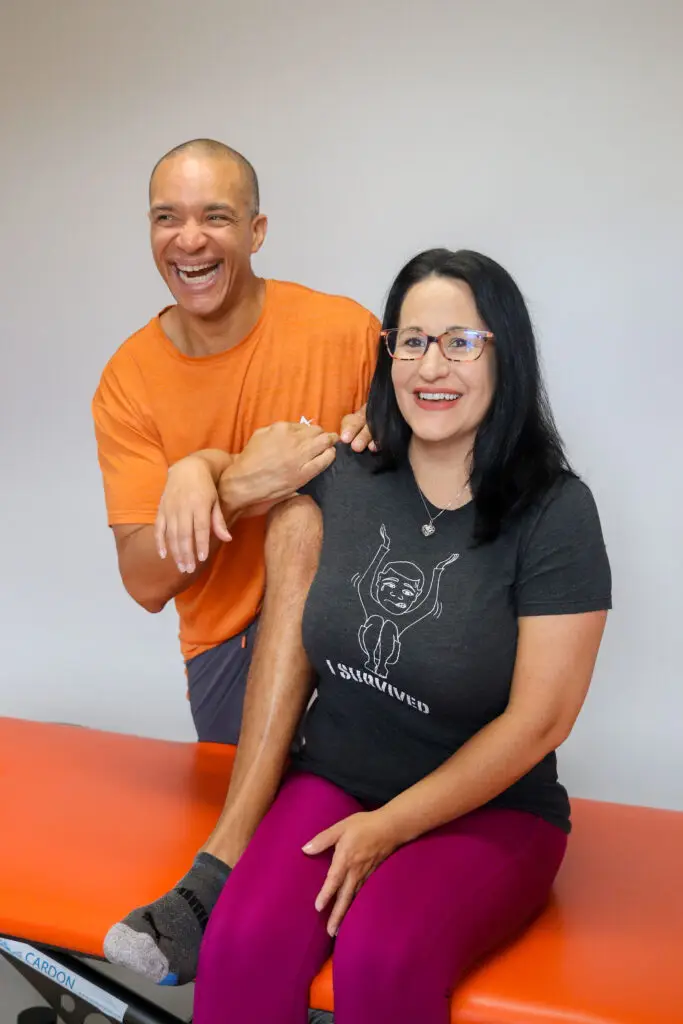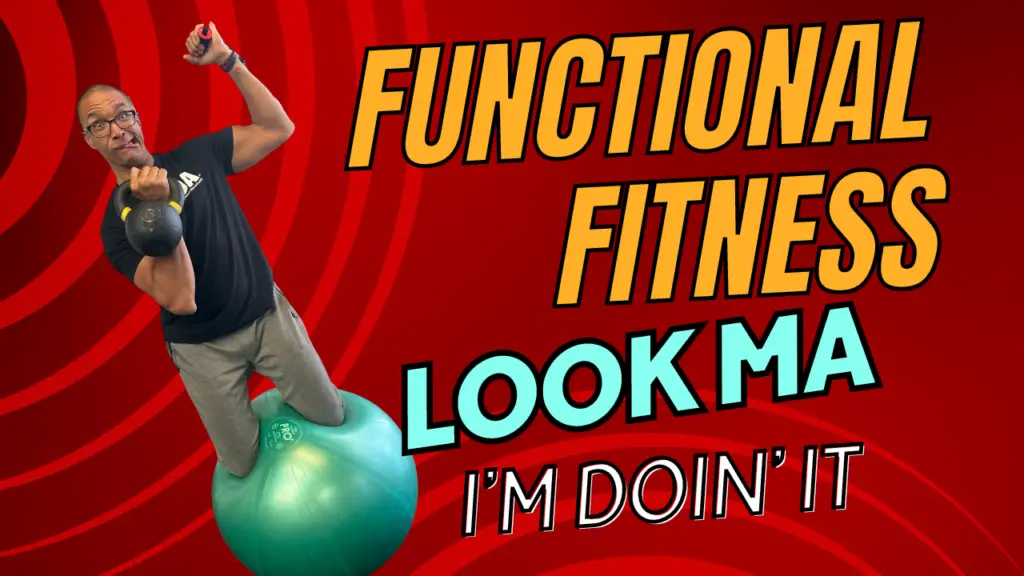Most people know that gratitude is important. Be thankful for your home. Your family. Your work.
But how often do you hear someone say they’re grateful for their body?
That’s the one piece almost everyone skips. And ironically, it may be the most powerful place to start — especially if you want real change in your health.
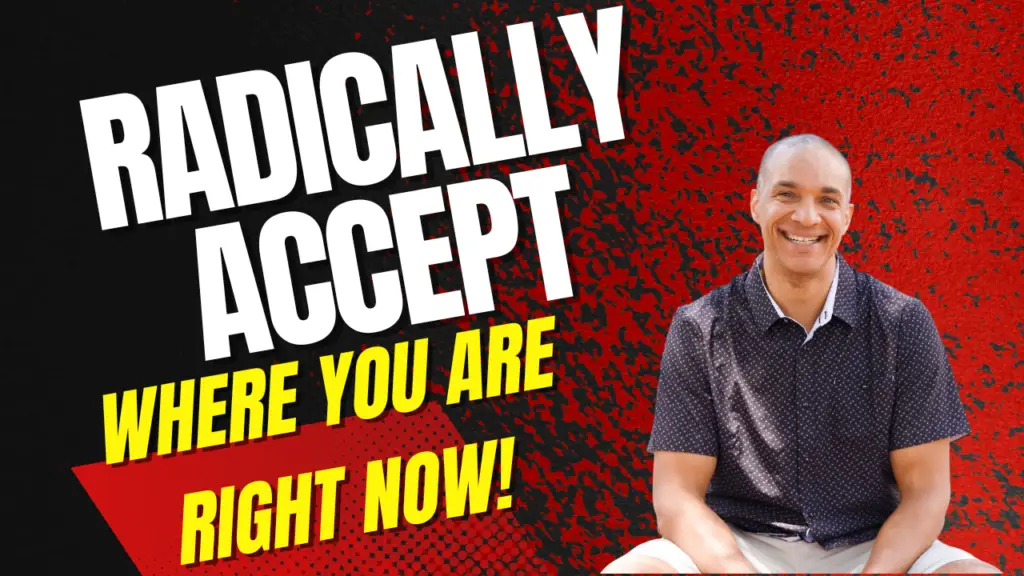
Click on the image to watch
Why Gratitude Matters More Than You Think
When you don’t appreciate what you have, you live in a constant state of lack.
You think the next thing will make you happy — the next weight loss goal, the next workout program, the next healing treatment.
But once you get it, it still doesn’t feel like enough.
That’s because the foundation is missing.
Gratitude for your body — exactly where it is right now.
And I get it. That can feel impossible when you’re dealing with pain, tightness, or immobility. But this is where the shift begins.
Gratitude ≠ Delusion
I’m not talking about putting on a fake smile and pretending everything is great.
This isn’t about being “positive” for the sake of it.
It’s about radical acceptance — being fully present and thankful for what your body is communicating to you right now.
Because yes, pain is communication. So is stiffness. So is fatigue.
It’s your body saying: “Here’s what I need.”
When you treat those signals like enemies, you disconnect. When you treat them like messengers, you start to heal.
What Gratitude Actually Looks Like in Your Program
Let’s say you’re training your hip, and you feel pain.
The old reaction? “Something’s wrong.” “I’m breaking down.” “Why me?”
The better reaction? “My body’s talking. What is it asking for?”
That shift in mindset allows for curiosity and subtle progress — not panic.
It means you don’t have to start over. You just need to adjust.
There’s no straight line to improvement. Progress moves back and forth.
But when you can meet your body with respect and gratitude, every step becomes clearer.
You’re Not Your Body’s Condition
Many people live attached to their body’s highs and lows.
If their body feels good, they feel good. If it hurts, they spiral.
But you’re more than that.
Gratitude gives you space to be present with your body without being ruled by it.
And that emotional separation allows you to make smarter decisions — not reactive ones.
Awareness Is More Powerful Than Motivation
If you’re already training, gratitude helps you track progress objectively.
You stop asking “Why is this happening?” and start asking “What’s the next step?”
That objectivity is where real success lives.
Without it, every minor sensation feels like failure. With it, every sensation is useful feedback.
And that only comes when you’re willing to be thankful for all of it.
When to Ask for Help
Gratitude doesn’t mean doing it alone. In fact, a good professional helps take the emotional heat out of your journey.
They can help you:
- Interpret what’s really going on in your body
- Spot patterns or misalignments
- Adjust your plan without blowing it all up
That’s my job. Whether it’s in person in Santa Fe, or through my online program, I’m here to help you get clear — and move forward.
Final Thought: Listen, Thank, Adjust
Stop thinking of your body as something working against you.
Instead, see it as a partner in conversation.
Listen to it. Thank it for speaking up. Adjust with care.
That’s the real secret to sustainable progress.
And it starts with a simple but powerful truth:
Gratitude for your body is the door to freedom.
Building a foundation for a better life.
Find out more @


